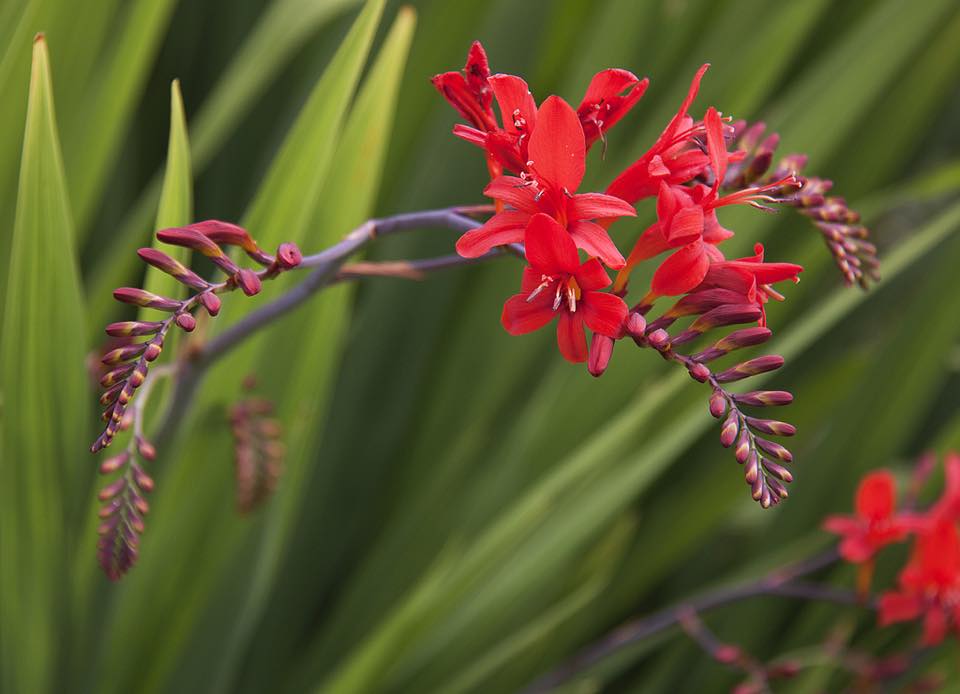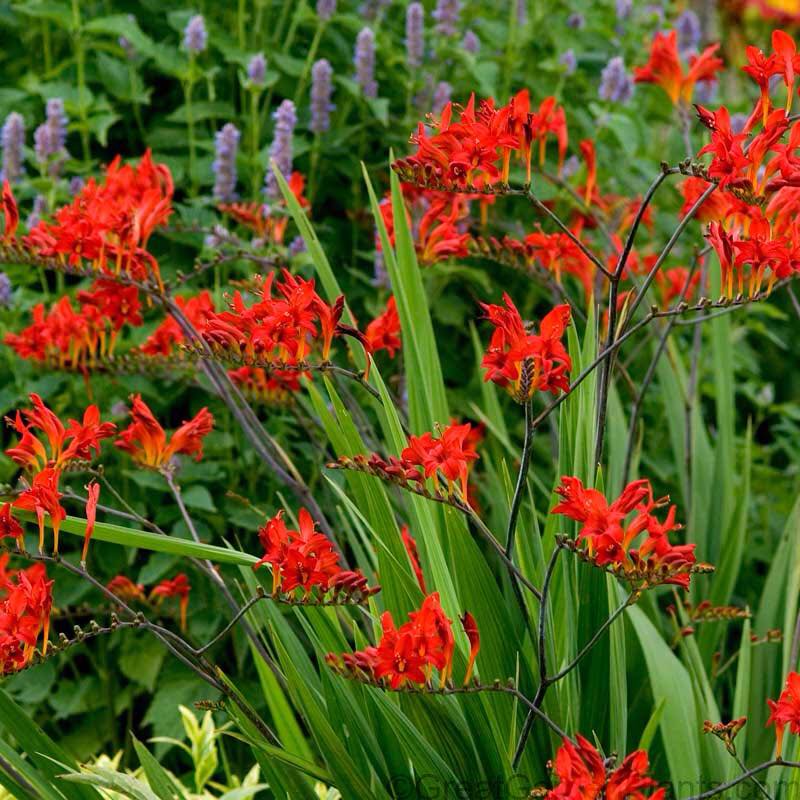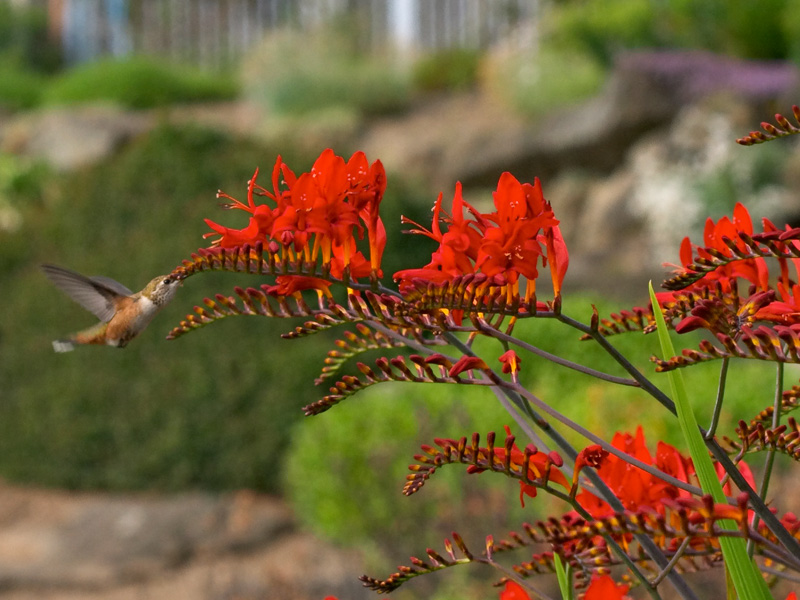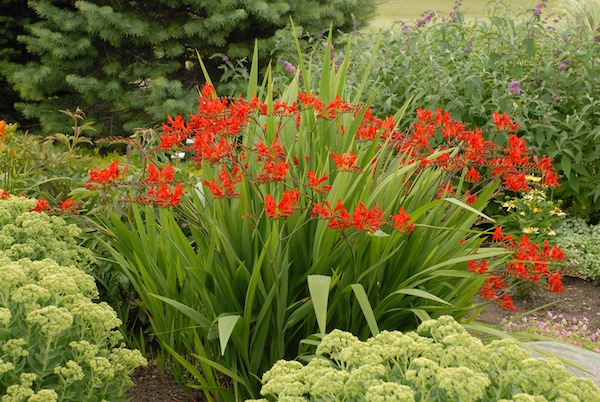Landscape Lighting Design in Morristown NJ
With warm weather on the way, many Americans will be heading outdoors. Whether you’re beautifying your landscape with a lawn mower and hedge trimmer or using a chain saw to clear space for that deck you’ve always dreamed of, it’s important to take proper care when using outdoor power equipment. Safety measures help protect both the equipment and the people using it.
“Many people are so eager to pull out lawn and garden equipment once spring arrives that they sometimes forget basic steps to ensure the powerhouse of the equipment – the engine – is in good working order,” says Kris Kiser, president and CEO of the Outdoor Power Equipment Institute (OPEI).
OPEI offers homeowners some tips as they use outdoor equipment this summer:
Layout considerations
In addition to thinking about how you plan to use the space, there are design considerations as well. Lights can help you safely travel down a pathway, but they can also provide a gorgeous view and allow you to enjoy your landscaping even after dark. The design elements of your layout are every bit as important as the function of your layout. Keep in mind:
Views from indoors – “I’ll look out of every window in the house to make sure our design is integrating the lighting with the landscape,” says Edward Snyder of Greenleaf Services, Inc. in Linville NC. “We want to capture a beautiful scene from every window.”
Focal points – Choose one or two elements in each area to draw attention to. “Hemlock trees, with their reddish-brown bark and dark green foliage, make a great focal point when lit from below,” says Gerry DuBreuil of Belknap Landscape Company, Inc. in Gilford, NH. “Think about what will have the best shadow effect.”
Sense of depth – “We use some lights along pathways, some on the house, and some within landscaped beds to provide a feeling of depth in the landscape,” says Matt Barton of Coppercreek Landscaping, Inc. in Mead, WA.
Ambient vs. spotlighting – Ambient lighting creates atmosphere by gently lighting an entire area, while spotlighting draws strong attention to a particular feature. “We use both broad and focused beams within the landscape,” says DuBreuil
The finer points of fueling
Fuel keeps your outdoor power equipment going, so it’s important to use it properly and safely. Before starting any equipment this spring, be sure to drain old fuel from the tank – especially if it’s been sitting all winter. Untreated gasoline left sitting in a tank for more than 30 days can deteriorate and destabilize, causing problems starting or running equipment. In some cases, bad gas can even damage the fuel system.
After you’re done using the equipment, switch the fuel valve off and leave it that way until it’s time to use the equipment again. Fill a lawn mower’s tank between uses to minimize the amount of air in the tank.
Store gasoline in a clean, sealed plastic container that’s specifically intended and designed for fuel storage, and store it away from direct sunlight. When it’s time to refuel your equipment, be aware of the type of gasoline it needs and look before you pump. “Don’t assume that the gas you put in your car can still go in your mower, chain saw or generator,” Kiser cautions.
Never use greater-than-10 percent ethanol gasoline blends, which are now commonly available at gas stations throughout the country and may be lower in price than other blends. It is illegal to use higher-ethanol gasoline blends in small engines such as your lawn mower, leaf blower or trimmer. What’s more, such fuels can be harmful and cause damage to small engines.
Be aware of what blender pumps look like. These pumps dispense higher ethanol fuels such as E15, E30 and E85 blends. Know when it’s appropriate to use them and when it’s not. To learn more about proper fuel use in smaller engines, visit OPEI’s educational site www.lookbeforeyoupump.com.
Read and understand your owner’s manual, which contains the manufacturer’s instructions for taking care of your small engine, including fueling instructions.
General safety measures
* When operating a lawn mower, start with basic safety concerns such as wearing the proper attire, including substantial shoes (no sandals or flip-flops), long pants and snug-fitting clothes. Inspect the mower for loose belts or hoses before you start it. Be sure no one else is nearby as you prepare to start the mower, especially children and pets. If you have a riding mower, start it while sitting in the driver’s seat, never while standing beside the mower. Always slow down when operating any mower on a slope or difficult curve.
* When operating a chain saw, wear protective gear such as safety footwear, gloves, chaps, safety goggles and hearing protection. Never carry a running chain saw when it isn’t being used, and be sure your work area is clear of debris that could trip you while operating the saw. Keep other people out of your work area. If you’re cutting down a tree, plan a retreat route for when the tree falls. Be aware of “kickback,” which can happen when the nose or tip of the guide bar touches an object, or when the wood you’re cutting pinches the saw chain in the cut. These scenarios could result in the guide bar kicking back toward the user.
* As you use an edger or trimmer, take safety measures such as wearing protective gear and ensuring that your work area is clear of any stones or debris that could fly up. Stop the motor when moving from location to location with your trimmer, and never put your hands or feet near the cutting area.
Taking precautions to ensure your outdoor power equipment is fueled, used and maintained properly will help to keep you safe and your equipment in good shape throughout all seasons.














